| Ligne 67 : | Ligne 67 : | ||
This can also be the subject of discussions/discovery workshops around the female body. | This can also be the subject of discussions/discovery workshops around the female body. | ||
| − | |||
I know that this problem is often accompanied by the problem of accessibility to toilets. | I know that this problem is often accompanied by the problem of accessibility to toilets. | ||
| − | |||
<div class="mw-translate-fuzzy"> | <div class="mw-translate-fuzzy"> | ||
Version du 13 décembre 2018 à 18:53
Sommaire
- 1 Introduction
- 2 Étape 1 - What is the cup ?
- 3 Étape 2 - Know the project
- 4 Étape 3 - Questions that remain unanswered for the moment
- 5 Étape 4 - Fiche Données Sécurité ou FDS du TPU98A
- 6 Étape 5 - Cup is safe ?
- 7 Étape 6 - Accessibility to hygienic protections/menstrual precariousness
- 8 Étape 7 - Books and articles about menstruations
- 9 Commentaires
Introduction
The idea is to create a model or process to easily print a customizable menstrual cut for those who need it ,and to fight against menstrual precariousness.
On the same principle it would be possible to printdiaphragmes.
Not everyone has access to the Internet to buy it online, enough money to buy a ready-made one, a vacuum chamber to mold it and buy silicone.
My idea is to send the model and the tpu filament for example in fablabs and it would be possible to print it quickly.
Anyone can participate in the fablab for example by making a free donation in a box next to the 3D printer, for example.
We will therefore be able to apply this principle in developing countries and in all places where there is a person in need.
It all started on Thingiverse and with @Totdahl who was able to print the prototype0 and give me feedback on the file. She also posted it on the 3D printing group on Facebook ,which allowed me to get positive as well as negative, disgusted or amused feedback.
Unintentionally they all participated in a discussion about the female body and the taboos it still represents today.
In the meantime I was able to meet @JessicaCL from Mission Control Lab, one of the creators of openfem.org which had as its project to generate open source contraceptive and protection solutions. "cup & diaphragms. As the site is closed and its project abandoned, we are in discussion to find a solution.Étape 1 - What is the cup ?
Mentrual cup patent 1867
I don't need to copy what I found on Wikipedia.
Étape 2 - Know the project
The purpose of the research is to allow a quick process of healthy printing to avoid having to create a mold with silicone' (not everyone has the ability to buy this material and does not have access to an inner tube) and to allow for faster and more personalized production. And to fight against menstrual precariousness.
It would be possible tovia une SLA ,but it is not yet accessible enough.
This model(available on Thingiverse in the files section)' would allow to customize the size directly, and the shape for those who have specific pathologies (low neck ,vaginism,uterus retroverted) or allergies (so we could change material for those allergic to silicone, the medical TPU being the most appropriate) .
This would allow people who do not have access to sanitary protection (or who make it with the equipment on board) to go to school, work and avoid infections that can cost them their lives. And also to make significant savings (between 5-8€ /month of protection, purchase of new underwear,pink tax etc.).
I hope that if this works, some companies will be able to send filament to fablabs and other third places to manufacture them or associations will be able to buy a reel to do a workshop.
This can also be the subject of discussions/discovery workshops around the female body.
I know that this problem is often accompanied by the problem of accessibility to toilets.
I invite you to watch this video about the work of the movement Right To Pee (A movement for free,clean,& safe public urinals for women in India,An initiative of CORO India,with many more women organisations create by Mumtaz Shaikh ) and learn about projects such as Clean Your Cup.
https://www.youtube.com/watch?v=PTIxexrn1A8&frags=pl%2Cwn
I leave you articles on the accessibility of hygiene protection in some countries and on the rules in general, as well as interesting articles on the materials I thought I would use.
I invite you to read about it in order to get your own idea of the project. Feel free if you have any feedback or interesting articles to report to me. (in English, French or another language)
N’hésitez pas si vous avez des retours ou des articles intéressants à me signaler. (en anglais ,français ou une autres langues)
Étape 3 - Questions that remain unanswered for the moment
- Does the TPU/TPE filament correspond to the medical TPU? Is it made of other things or made after other filaments (PLA, ABS...)? Are tests possible by the companies that manufacture them?
- Does it keep the same properties as the current cups? Can we boil them? Resists it has more than 8 hours in an environment at Ph < or = 5 without degrading and running the risk of a toxic shock? Do we have the same flexibility? We are looking for a 95A material
- Can they be printed with classic FDMs by just changing nozzles or do we need a sterile printer for the medical sector? (in this case it would increase the production cost and it would be more interesting to buy a cup on the market than to make it)
- Is it possible to have the minimum, see avoid irregularities in the printing to avoid having a nest for bacteria?
Étape 5 - Cup is safe ?
https://www.youtube.com/watch?v=ul6s9khCXHY (video that gave me the idea to do this project and filament that I plan to use TPU/TPE)
http://www.orangenarwhals.com/2015/11/diy-menstrual-cups-hack4fem (Test for a cup mold)
https://3dprint.com/36851/sexshop3d-safe-sex-toys/ (How to make sex toy safe)
https://www.liveloveluna.com/blogs/news/fda-approved-menstrual-cups-what-does-it-really-mean
Étape 6 - Accessibility to hygienic protections/menstrual precariousness
Étape 7 - Books and articles about menstruations
Le grands mystères des règles by Jack Parker
https://passionmenstrues.com/author/jackxparker/
https://simonae.fr/sante-bien-etre/menstruations/regles_dessous_protections_periodiques_adopter/
https://simonae.fr/sante-bien-etre/menstruations/coupe-menstruelle-revolution-silicone-cup-regles/
Published
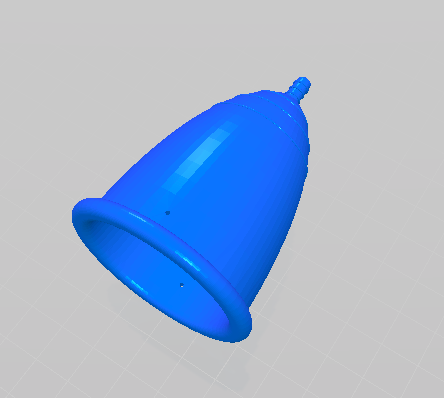
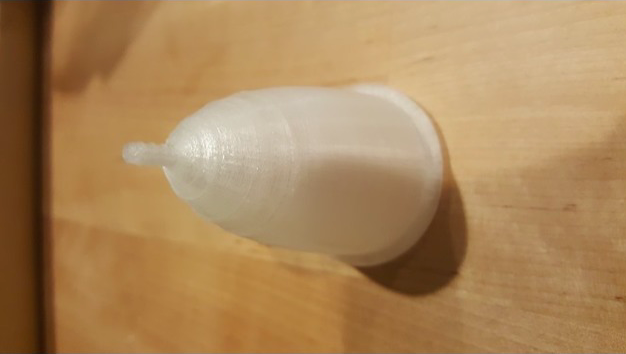
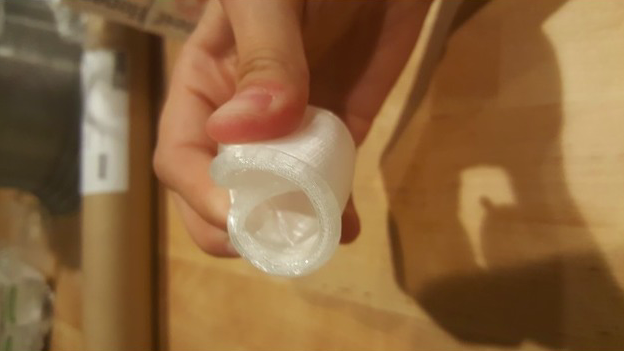
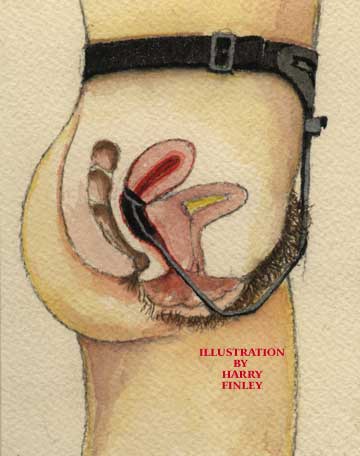
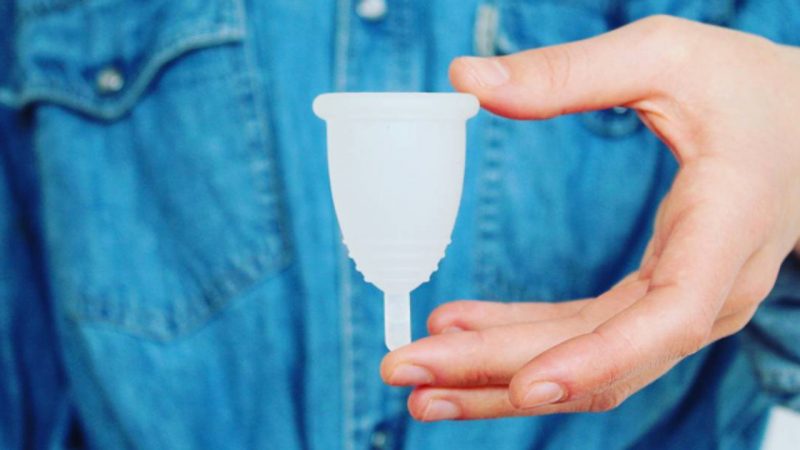
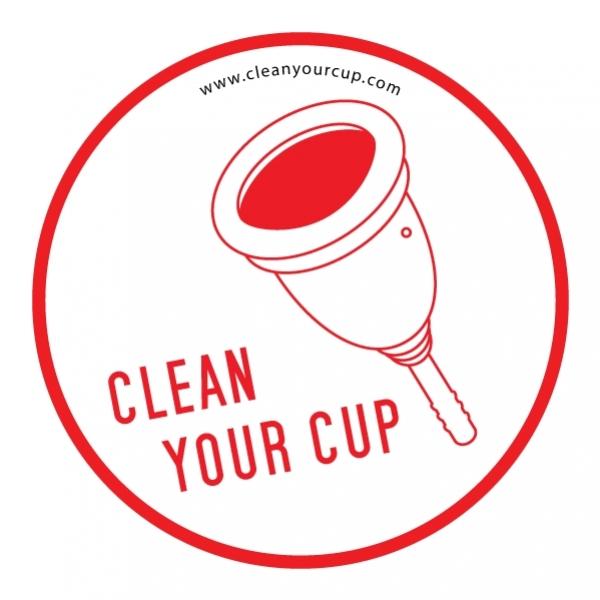
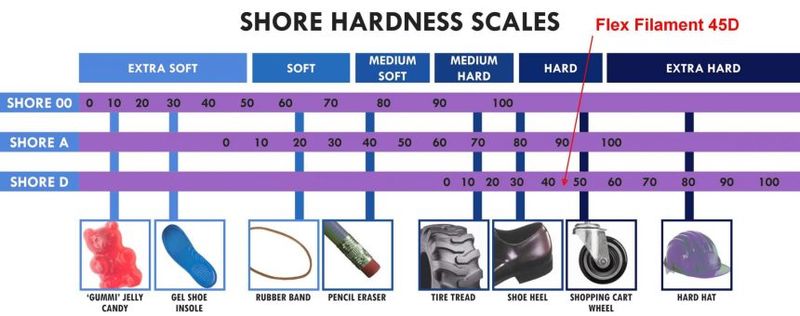
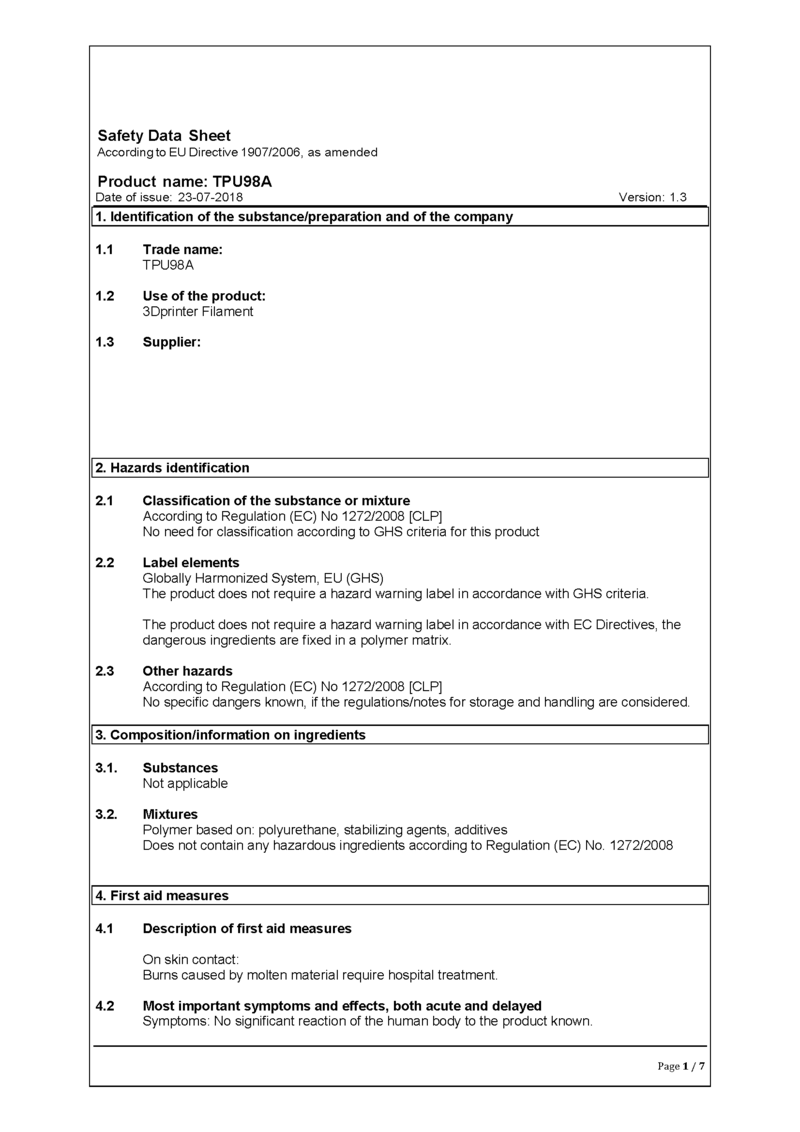
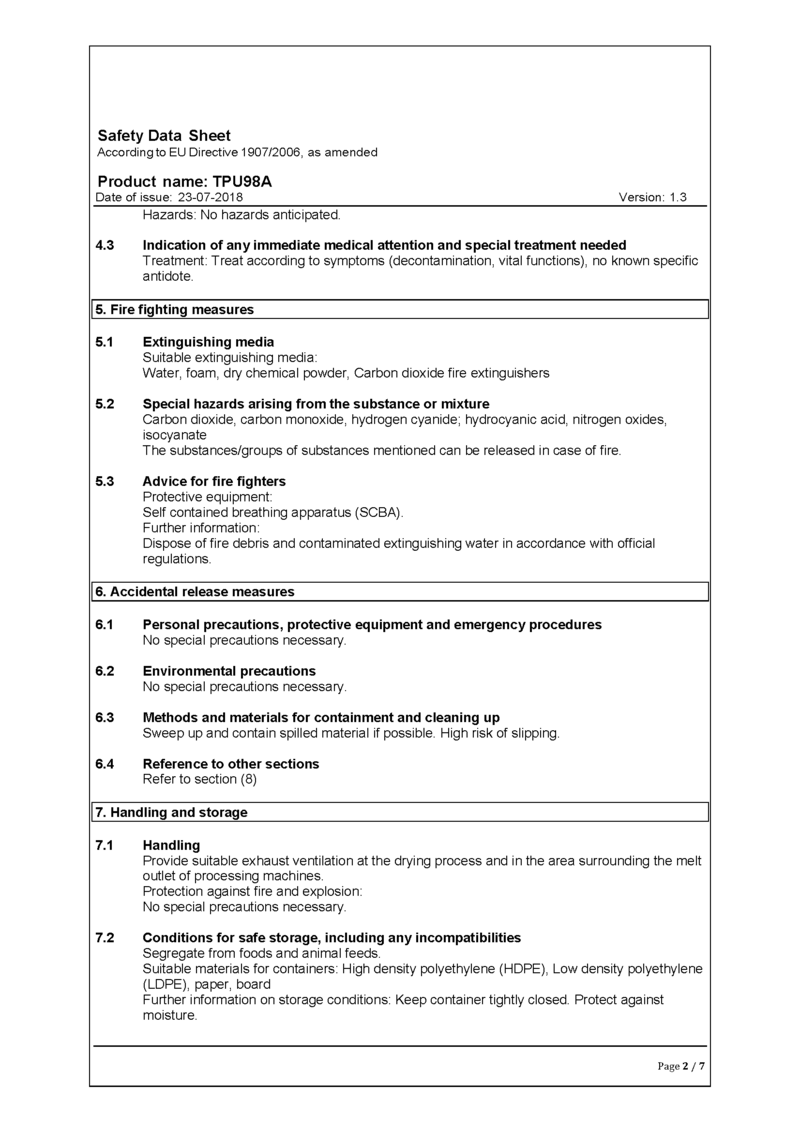
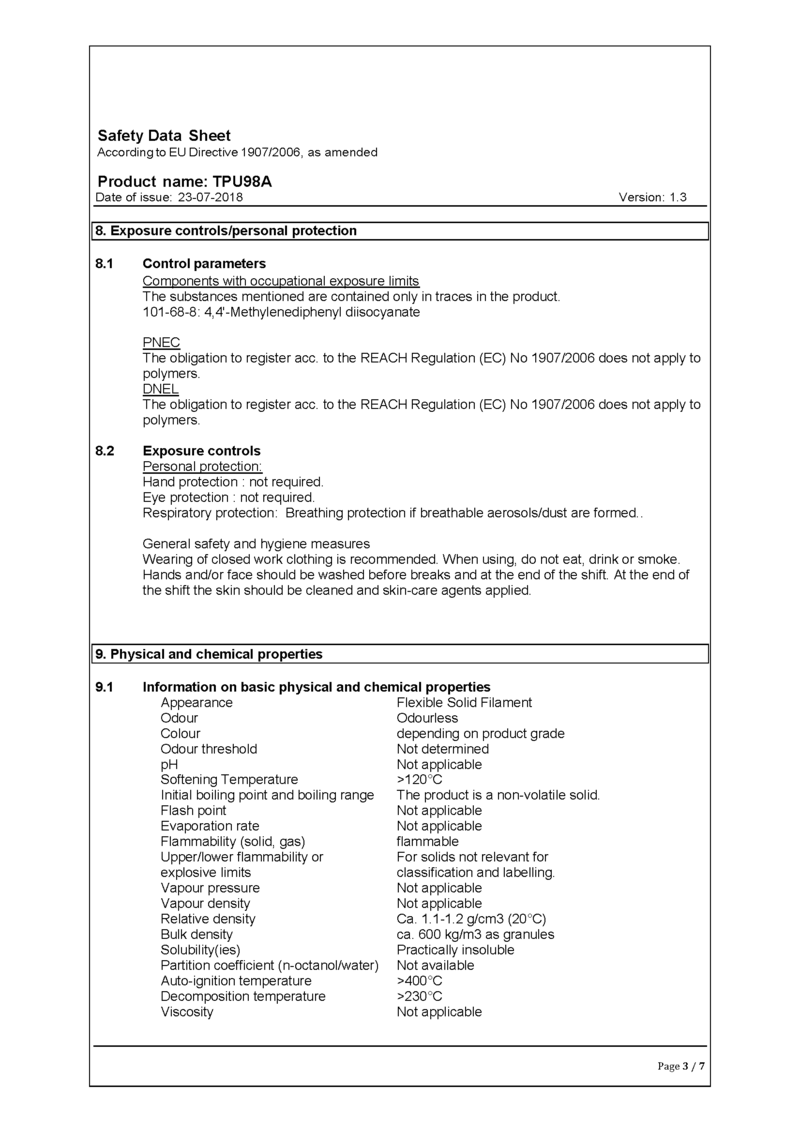
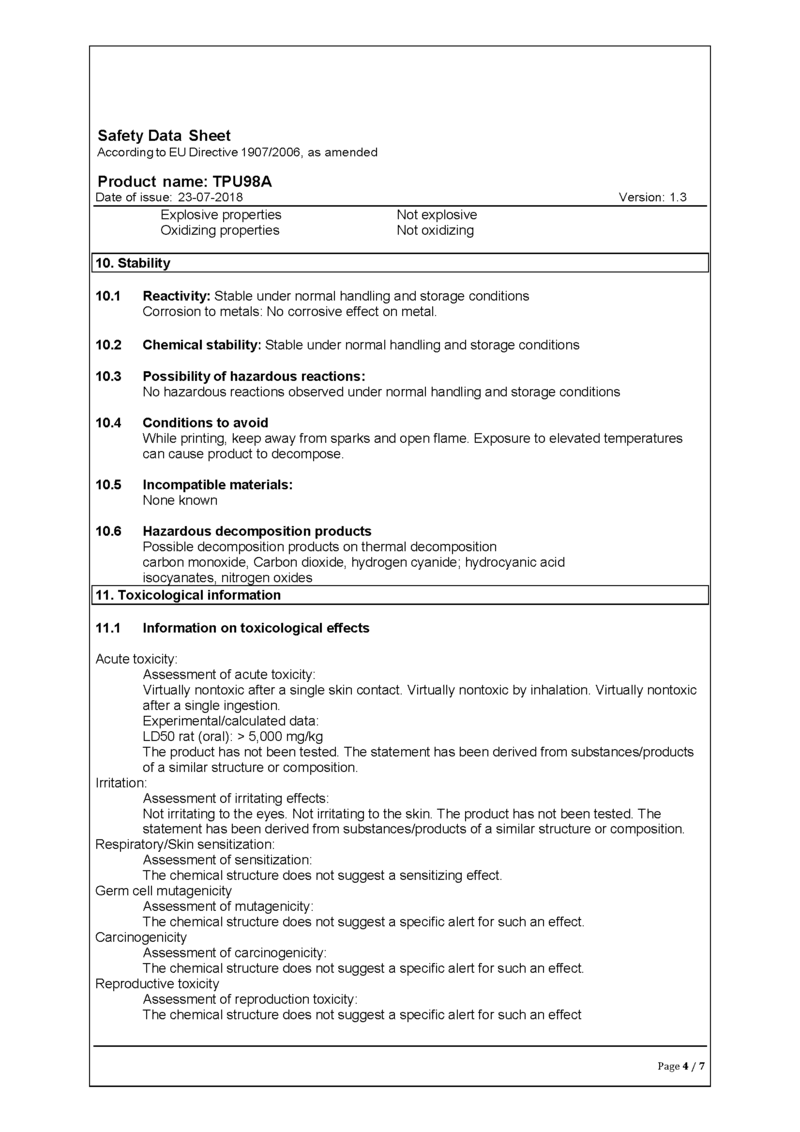
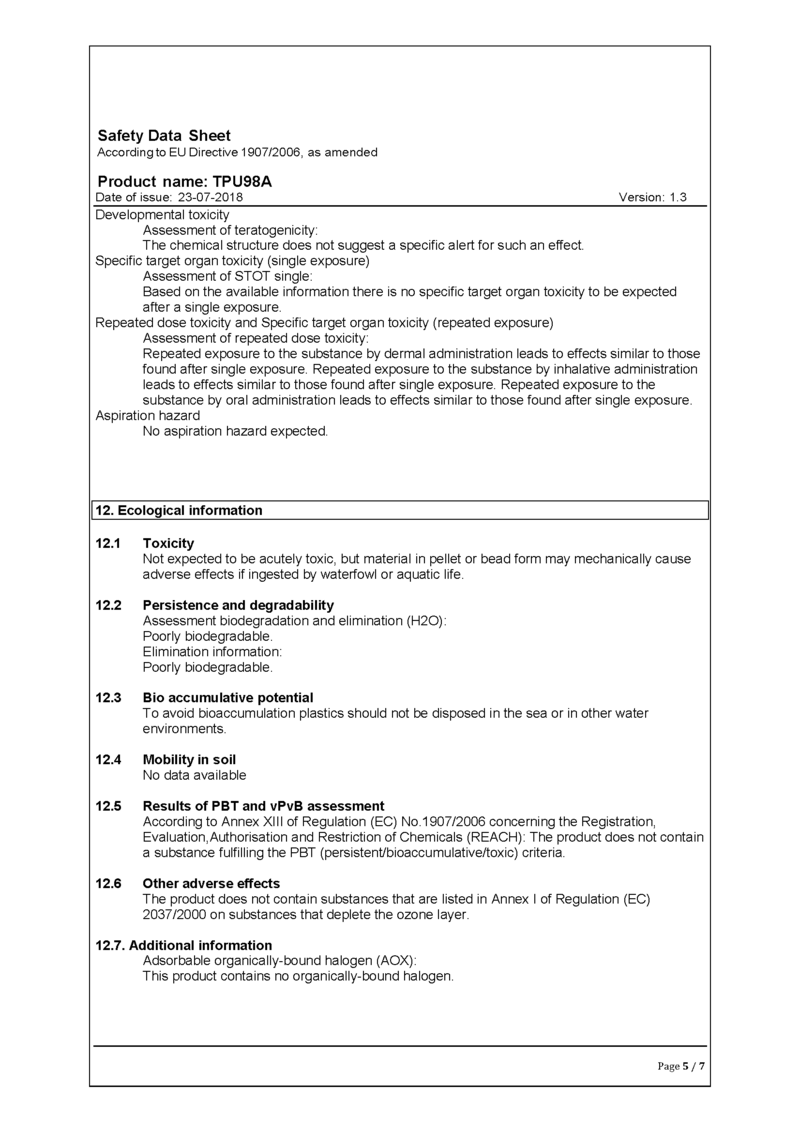
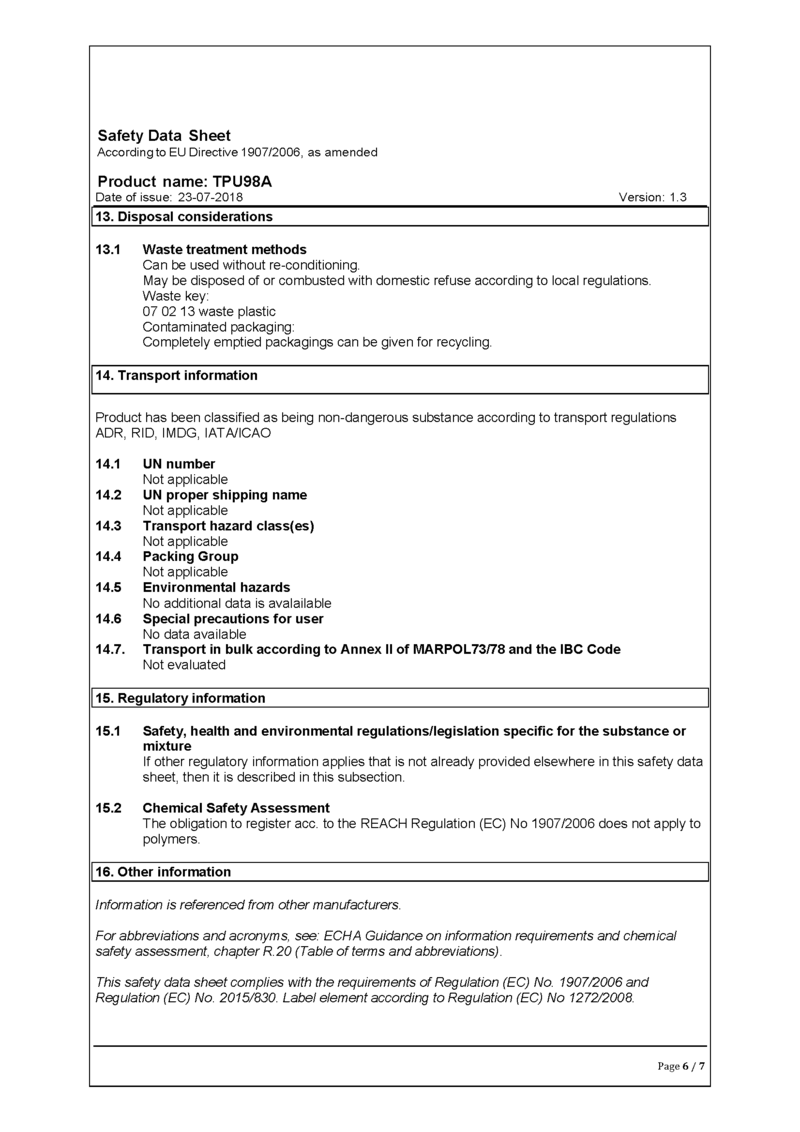
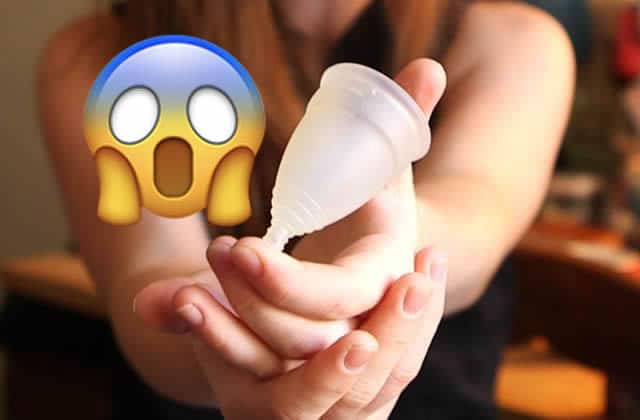

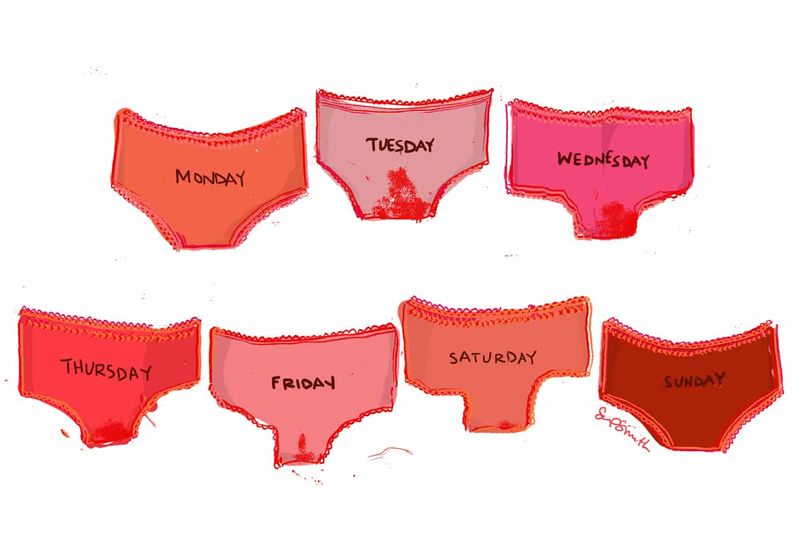
 Français
Français English
English Deutsch
Deutsch Español
Español Italiano
Italiano Português
Português